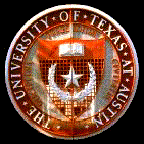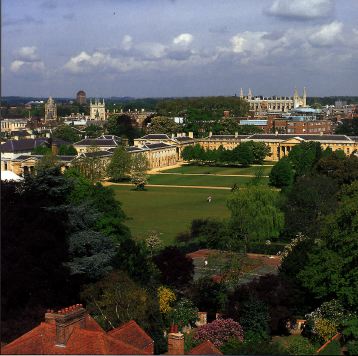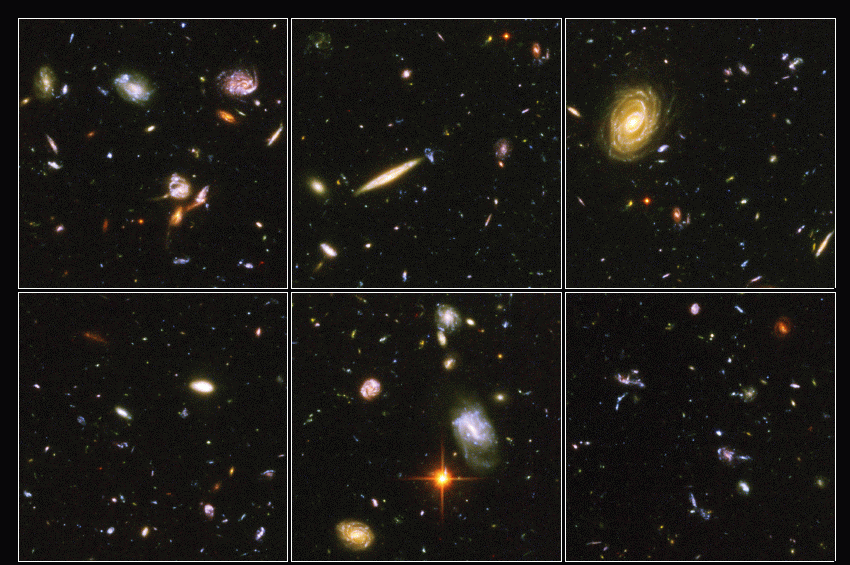
Department of Astronomy
The University of Texas at Austin
1 University Station C1400, RLM 16.224
Austin, TX 78712-0259
Email: sj@astro.as.utexas.edu
Phone: (512) 471 1395
Fax : (512) 471 6016
Office : RLM 16.224
URL : http://www.as.utexas.edu/~sj


|
Dr. Shardha Jogee Department of Astronomy The University of Texas at Austin 1 University Station C1400, RLM 16.224 Austin, TX 78712-0259 Email: sj@astro.as.utexas.edu Phone: (512) 471 1395 Fax : (512) 471 6016 Office : RLM 16.224 URL : http://www.as.utexas.edu/~sj |

|
|
Education |
|
|
Appointments |
I am a Professor and the current Department Chair of the Department of Astronomy at the University of Texas (UT) at Austin, conducting research on the evolution of galaxies. Prior to joining UT, I was a tenure-track astronomer at the Space Telescope Science Institute (STScI) which is responsible for science operations of NASA's Hubble Space Telescope (HST) and the future next generation James Webb Space Telescope (JWST). |
|
CV + Publications
|
|
|
Research |
|
|
Teaching |
|
|
Public Education Outreach |
|

|

|
The Hubble Ultra Deep Field (HUDF), the deepest visible-light image ever made of the Universe, (Credit: NASA, ESA, S Beckwith and HUDF home team ) shows the first galaxies to emerge from the so-called "dark ages," (the time shortly after the big bang when the first stars reheated the cold, dark universe), and chronicles a period when the universe was younger and more chaotic, with violent interactions between galaxies.
Please see CV for a detailed list. Below are a few selected activities: